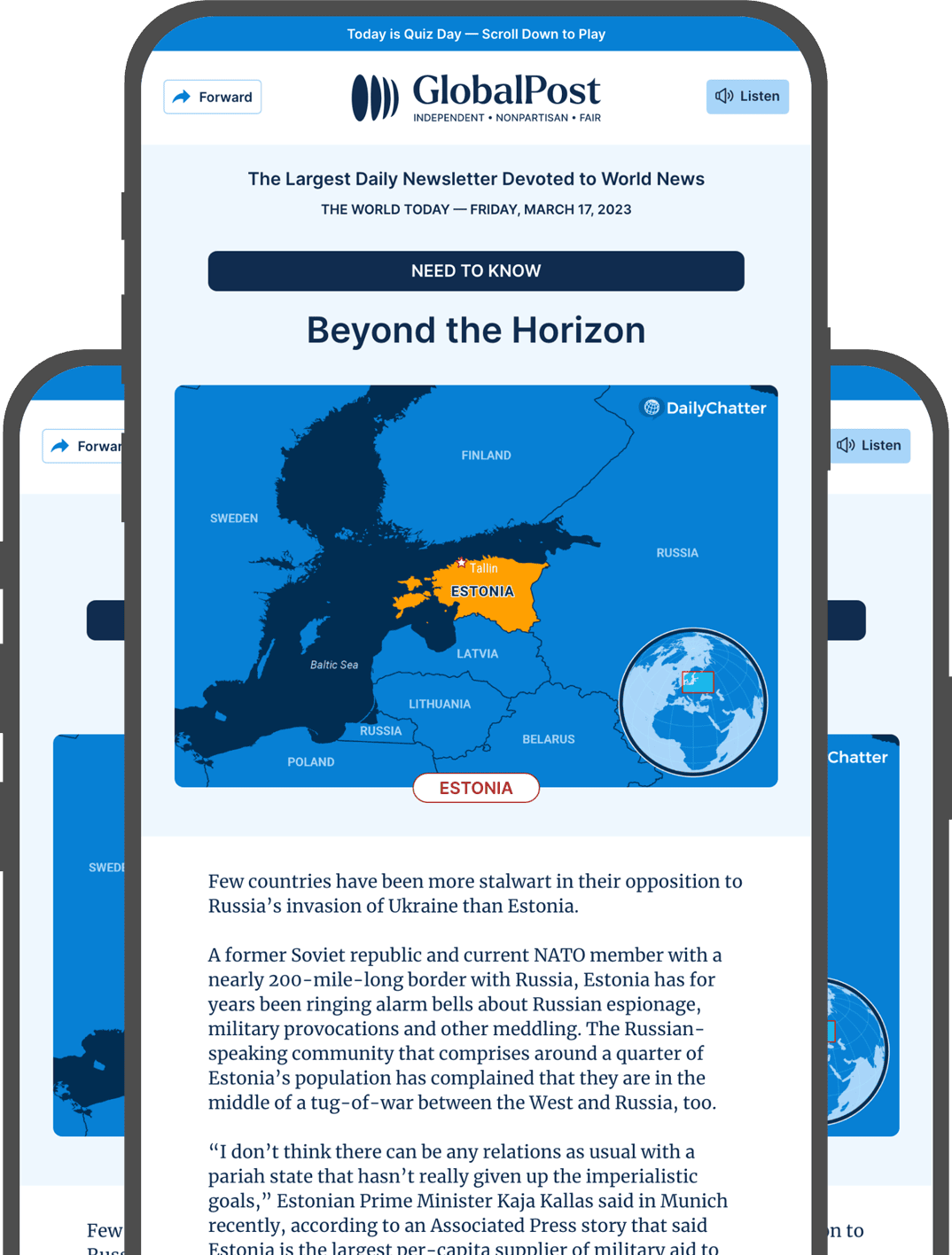Form and Flow
Channels, canyons, and seabeds are often good indicators for scientists looking for water on other planets.
Meandering channels can be present on Earth’s surface for different reasons, like the bending of a river, lava melting through rock, or water cleaving through ice.
While scientists have previously hypothesized that some, or all, aspects of channel sinuosity are universal, a new study compared bends from lunar volcanic channels, natural and experimental ice melt channels, and alluvial meandering rivers to show that they vary because of their formation process.
Due to centrifugal force – motion resulting from rotation – water moves faster around the outer edges of a bend in a river, eroding it mechanically and depositing sediments, explained Universe Today.
Differently, in volcanic and ice channels, bends are carved out through melting – a process known as thermal erosion. In this case, sediment doesn’t deposit, so only the outer edges change and the bends are smaller, according to Cosmos Magazine.
“This distinction sets up a great natural experiment for us to see if the shape, or size, of bends in rivers is distinct from those in volcanic or ice channels,” said study co-author Tim Goudge.
In the beginning, the team thought they had mistakenly concluded that river bends are comparatively larger than those for other channels.
“It wasn’t until the parameters for the code we had set for the volcanic channels on the Moon kept failing for the rivers on Earth that we realized, oh, that’s not a fault of the code – it’s an intrinsically different amplitude,” said study co-author Juan Vasquez.
Researchers found that channels formed by thermal erosion tend to exhibit downstream-skewed bends, unlike the upstream-skewed bends typical of alluvial rivers.
On Earth, it’s easier to determine how a specific channel was carved, with an indicator being the use of running water to prove it’s a river or stream. In the absence of fluids, however, it is harder to draw the same conclusion, especially for geological bodies millions of miles away.
This research is not a rule set in stone, warned Goudge, as each channel is different – but he says it has the potential to become one once more channels are cataloged and analyzed.
Subscribe today and GlobalPost will be in your inbox the next weekday morning
Join us today and pay only $46 for an annual subscription, or less than $4 a month for our unique insights into crucial developments on the world stage. It’s by far the best investment you can make to expand your knowledge of the world.
And you get a free two-week trial with no obligation to continue.
